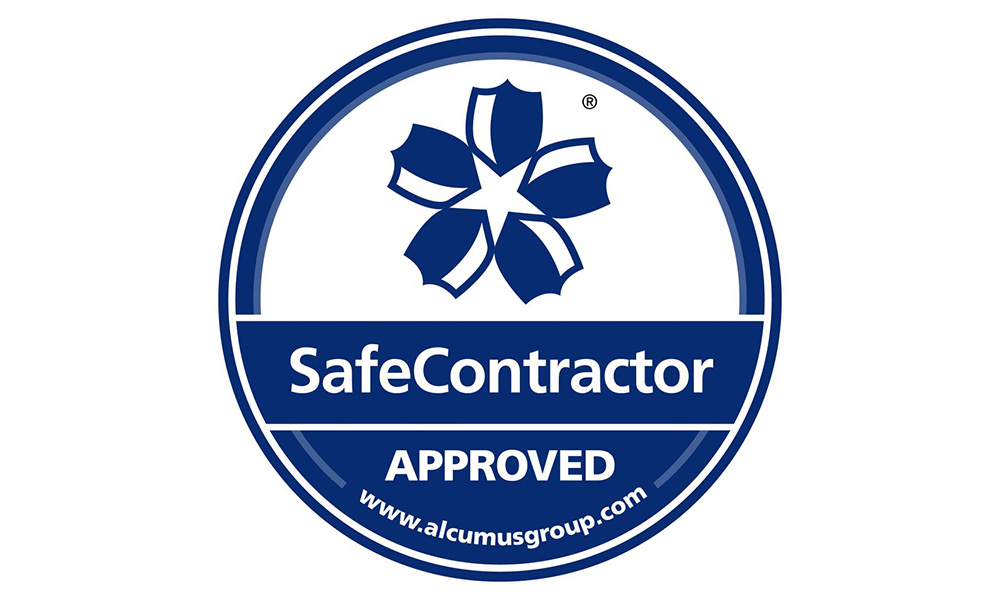With Covid-19 putting a spotlight on the importance of research and development (R&D), it’s unsurprising that the UK has seen record levels of investment and funding in science and technology. This is generating demand for life science labs, innovation centres and research parks across the country, and providing opportunities for landlords and building owners to provide spaces that support rapidly growing science occupiers.
According to a report by Lambert Hampton Smith, “markets driven by science and technology, most notably Oxford and Cambridge, have seen robust levels of office and lab take-up since the start of the pandemic. Science and technology occupiers accounted for more than 70% of take-up in Oxford in this period, and over 60% in Cambridge.”
At Pexhurst, we have been involved in the delivery of a number of science parks, from a high tech lab refurbishment in Cambridge to a new project in Chesterford. We understand, therefore, how space requirements differ when it comes to science and technology occupiers. To understand more about the growing demand for office and lab space as well as the nuances and intricacies related to this type of space, we spoke to Director Stuart Byles.
What are some of the factors that are crucial to winning work in the science and technology sector?
The demand for research/laboratory space is very high at the moment and being able to mobilise quickly, fast-track delivery of projects and remain proactive in procurement are the main drivers in being able to win and successfully deliver projects in this sector.
Can you talk more about the Chesterford Science Park project, what do the works involve?
The project is a research space which has recently been vacated and is being turned back into base build configuration ready for a new tenant. It is being fast-tracked as the tenant needs to be in the space as soon as possible.
What are the main differences between a science park and a business park?
The main difference really is buried within the building fabric and manifests as a much higher spec M&E services layout. For example, there is often specialised drainage/water supplies as well as separate extraction i.e. fume cupboards.
Some pharma companies need to grow quickly, how can landlords prepare their buildings to attract tenants that want a building immediately?
Flexibility of space is really the key factor. Startups for example typically need smaller space, but can grow remarkably quickly and landlords need to be able to reconfigure space quickly in order to cater to the tenant requirements. This is often while the business is still in situ.
What makes a successful science park?
From my experience, it is the pastoral facilities which actually encourage tenants and I think this is reflected in many other sectors such as university student accommodation and office space. The eating and social facilities are sometimes just as important as traditional drivers such as location.
Is sustainable development important within the sector and how are you helping realise any sustainability goals?
Yes! We are seeing many more projects registered with schemes which encourage sustainability from BREEAM to Net Zero Carbon. One of the positives to come out of the last couple of years has been a better focus on sustainability from our clients. Even on projects which are not registered for specific schemes, we encourage our clients to look at alternatives and identify the drivers for sustainability which are important to them. With the help of some of the industry’s key suppliers, we are working on lists of sustainable products which we can suggest as alternatives at tender stage or during pre-construction.
Follow us on LinkedIn – https://www.linkedin.com/company









